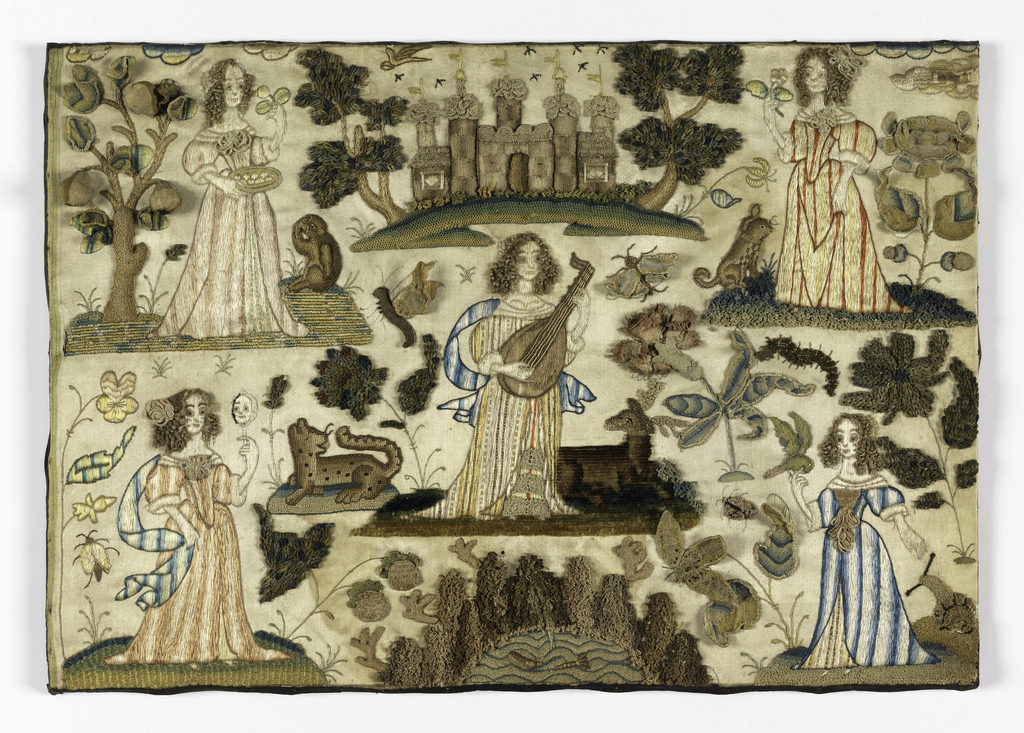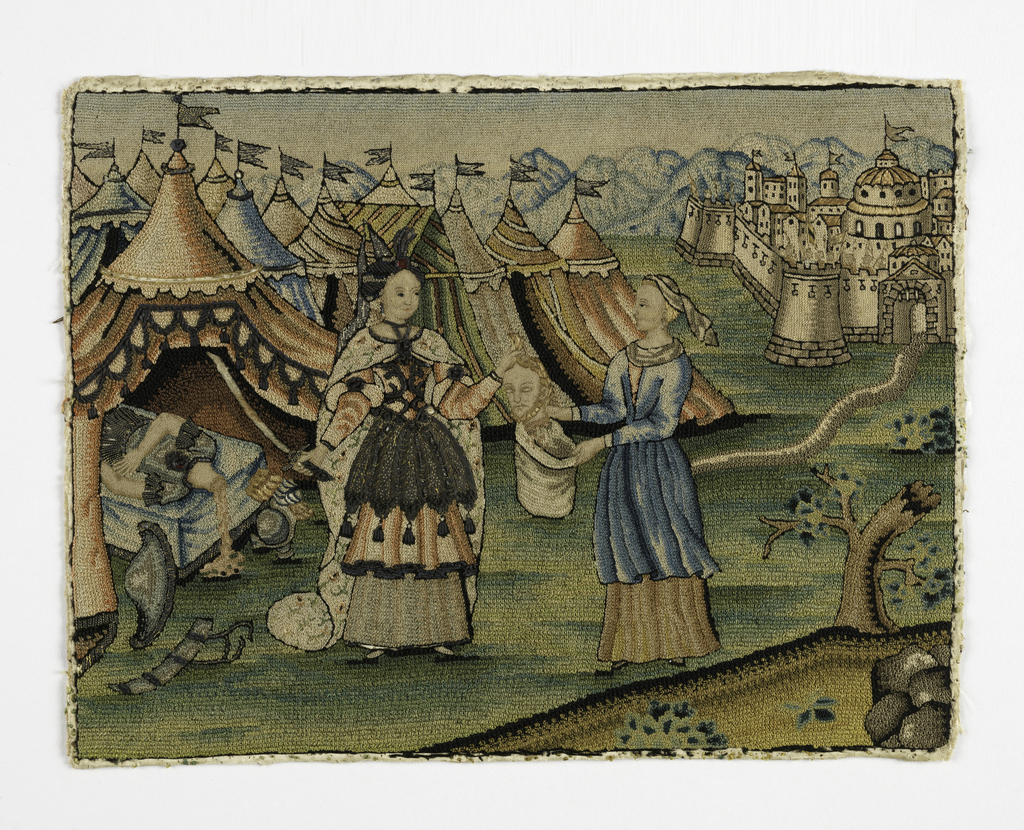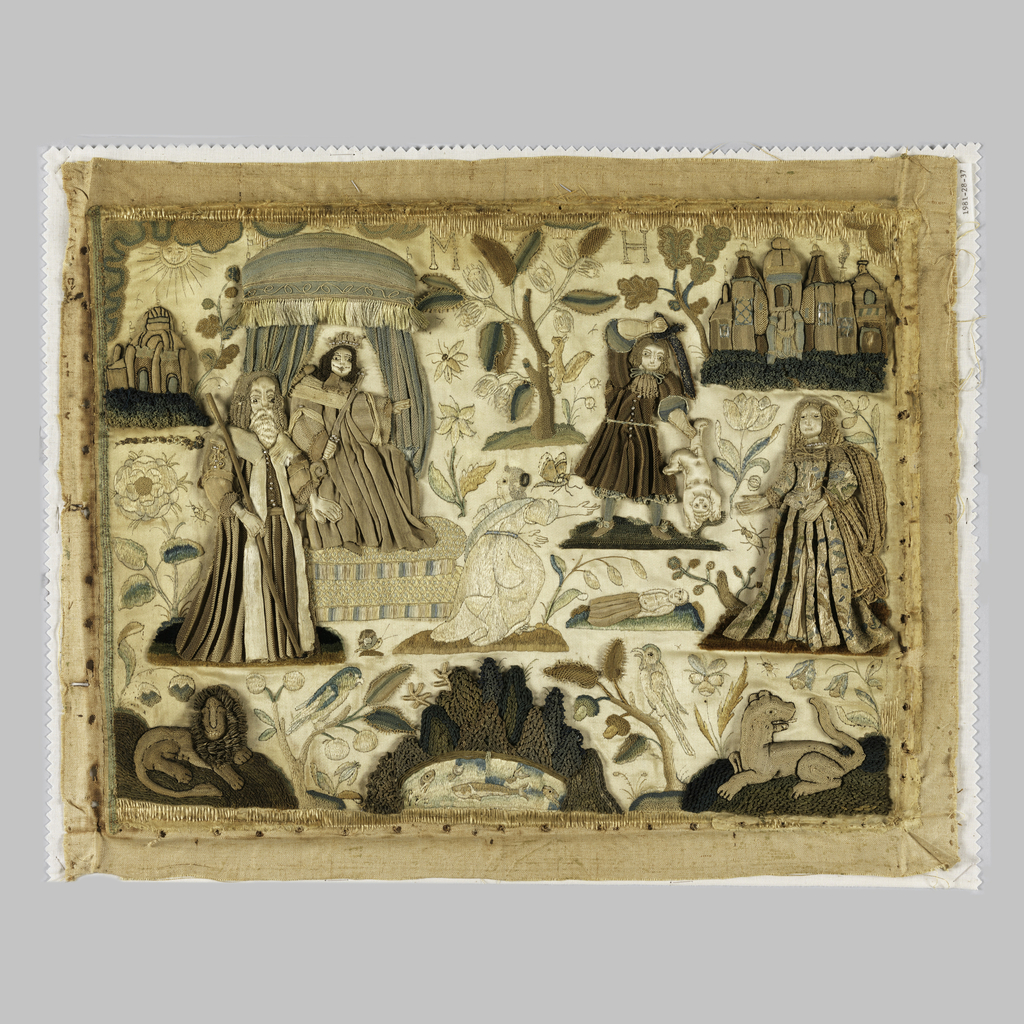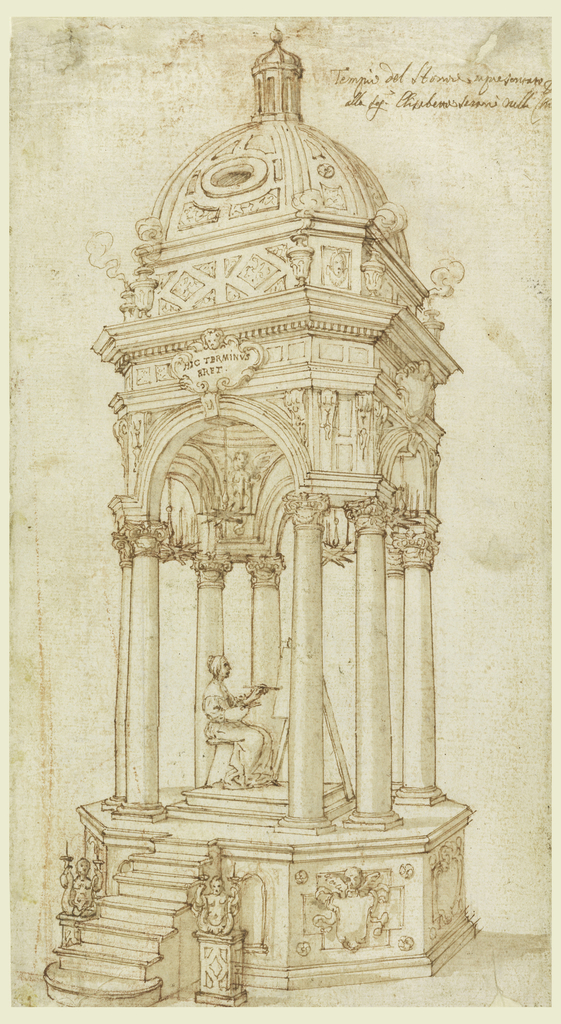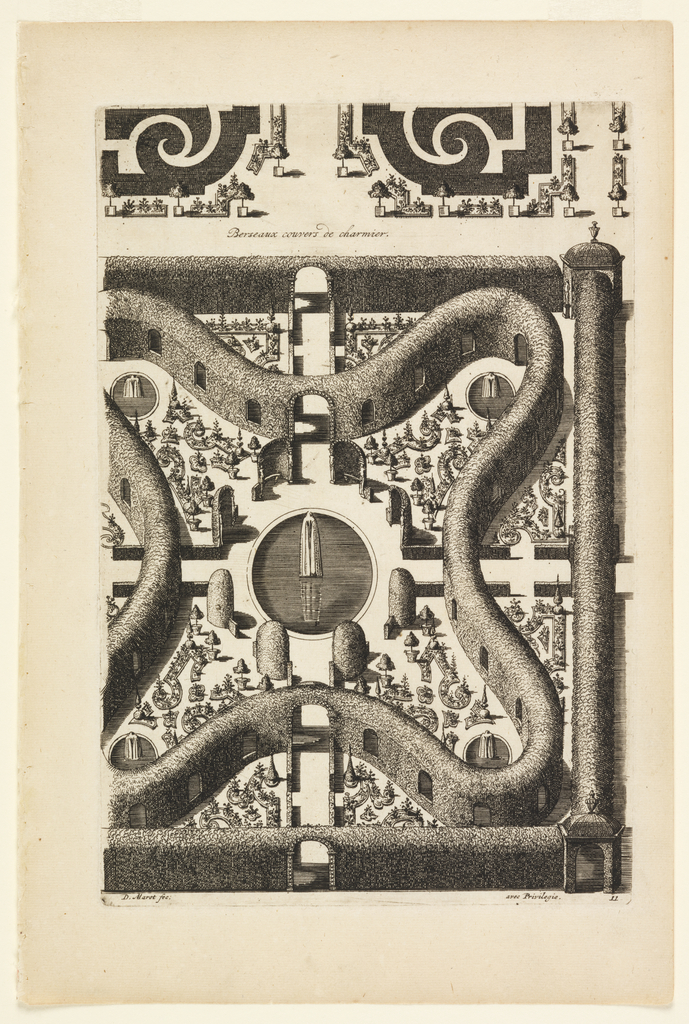Author: Katherine Diuguid The wealth of needlework techniques on display in 17th century English raised-work embroideries is a reminder that these pictures functioned as samplers, in which amateur embroiderers would test out different techniques as they progressed in their needlework skills. Whether depicting Biblical or mythological characters, female figures rendered in contemporary dress often enjoyed...
In recognition of National Hispanic Heritage Month (September 15-October 15, 2019), this week’s Object Of The Day posts celebrate Latinx design and designers’ works in the collection. This rather ordinary looking band is actually extraordinary. Made in Mexico during the Spanish colonial period (likely mid-15th- early 16th c.) it is composed with a Spanish aesthetic,...
Author: Anna Rose Keefe In celebration of the fourth annual New York Textile Month, members of the Textile Society of America will author Object of the Day for the month of September. A non-profit professional organization of scholars, educators, and artists in the field of textiles, TSA provides an international forum for the exchange and...
Author: Katherine Diuguid In celebration of the fourth annual New York Textile Month, members of the Textile Society of America will author Object of the Day for the month of September. A non-profit professional organization of scholars, educators, and artists in the field of textiles, TSA provides an international forum for the exchange and dissemination...
On November 14, 1665, the Basilica of San Domenico in Bologna was crowded with mourners. They were gathered to remember a young female artist, Elisabetta Sirani (1638 – 1665), who had died suddenly the previous August.[1] Although only 27 at the time of her death, Elisabetta was already an acclaimed painter, draftsman, and printmaker—a contemporary...
Daniel Marot, architect, decorative designer and engraver fled, like many other Huguenot workers, from France to Holland due to the revocation of the Edict of the Nantes in 1685. The Edict had offered measures to ensure religious liberty and its revocation sent shock waves through Protestant communities who were no longer protected. Bringing his talent...
